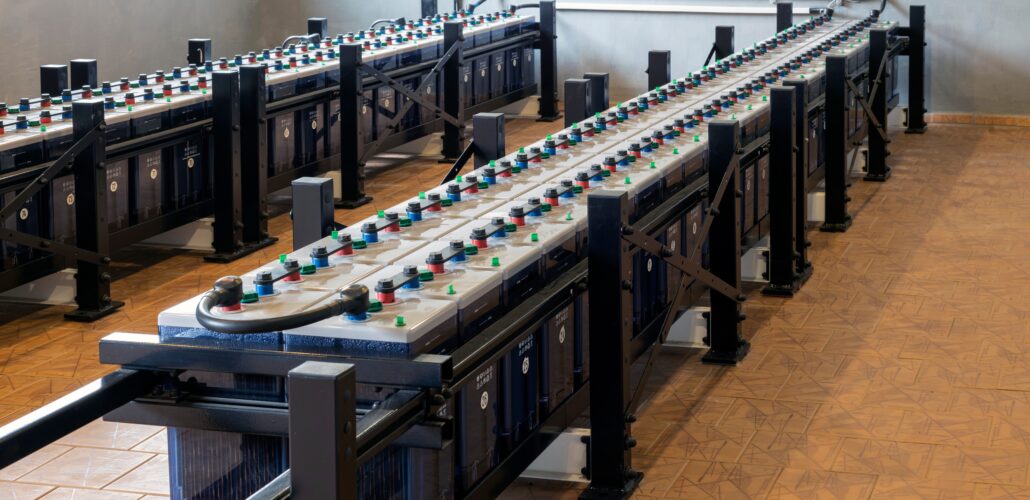Grid Application & Technical Considerations for Battery Energy Storage Systems (BESS)
BESS is a key component in black start strategies for modern, renewable-heavy grids.

Image for illustration purposes.
As we navigate the complexities of modern energy management, the integration of storage technologies has become essential in addressing challenges posed by fluctuating demand and the increasing reliance on renewable energy sources.
Grid Application Considerations
When considering the application of battery energy storage systems (BESS) in grid operations, several factors come into play. These include:
- Power Quality: BESS can help improve power quality by regulating voltage and frequency fluctuations.
- Renewable Energy Integration: BESS can help stabilize the grid by absorbing excess energy generated by renewable sources.
- Peak Shaving: BESS can help reduce peak demand by providing energy during periods of high demand.
- Spinning Reserve: BESS can provide spinning reserve to help stabilize the grid during periods of high demand.
Technical Considerations
- Battery Type: The type of battery used in the BESS can affect its performance and lifespan.
- Power Conversion System: The power conversion system used in the BESS can affect its efficiency and reliability.
- Control System: The control system used in the BESS can affect its ability to regulate power quality and provide spinning reserve.
- Safety: The safety of the BESS is critical, and measures must be taken to prevent electrical shock and fire hazards.
#battery energy storage systems#battery type#BESS#control system#electrical shock#energy management#energy storage#fire hazards#grid application#grid operations#grid stability#peak shaving#power conversion system#power quality#power quality regulation#power systems#renewable energy#renewable energy integration#safety#spinning reserve#technical considerations


